The Brahadisvara Phenomenon: An Ancient Indian Temple That Has No Analogues
Categories: Design and Architecture | History
By Pictolic https://mail.pictolic.com/article/the-brahadisvara-phenomenon-an-ancient-indian-temple-that-has-no-analogues.htmlMany ancient structures hold mysteries that still puzzle scientists. The Egyptian pyramids of Giza are known throughout the world, but their secrets have not yet been revealed. Much less known is another wonder of ancient architecture - the Brahadeesvara Temple, located in the city of Thanjavur in the Indian state of Tamil Nadu. This grandiose thousand-year-old structure amazes not only with its majestic beauty, but also with construction technologies that even today seem incredible.
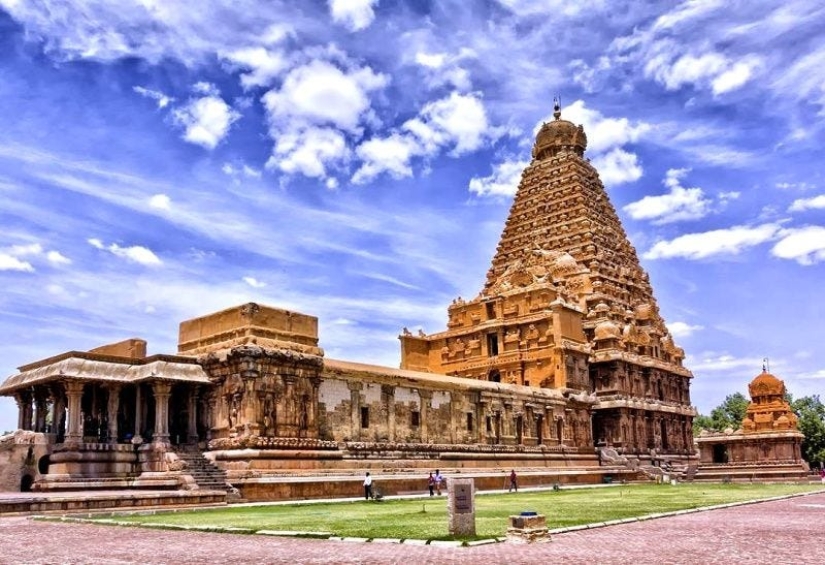
The Brahadeesvara Temple was built in 1010 by King Rajaraja I, the ruler of the powerful Chola Empire. This was the heyday of the state, when its influence extended from Bengal to the northern part of Sri Lanka. The majestic temples built at that time were supposed to become symbols of the ruler’s glory. However, Brahadeesvara exceeded all expectations, becoming one of the most grandiose Hindu temples.
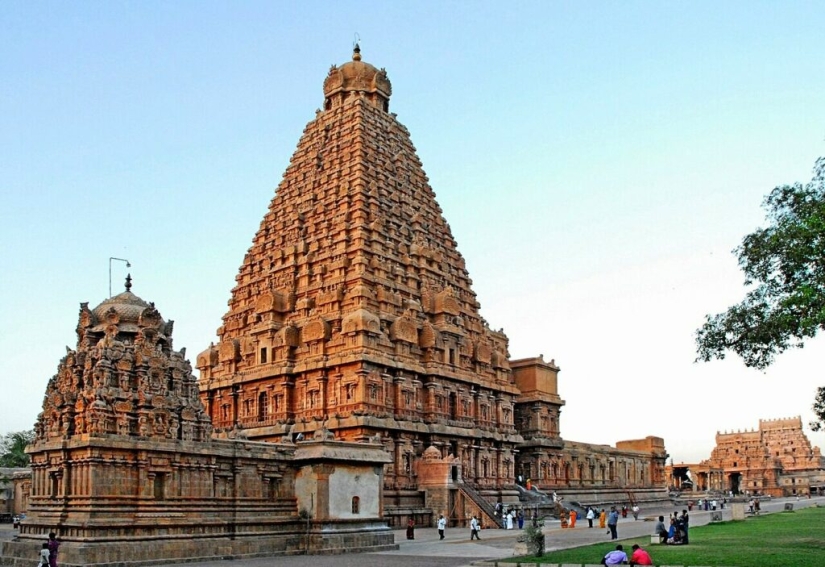
The sanctuary is dedicated to the god Shiva. It is crowned by a vimana, a 65-meter-high tower, and on its top is a monolithic stone dome, kumbam, weighing up to 85 tons. At the entrance to the temple, visitors are greeted by a massive statue of the sacred bull Nandi, Shiva's faithful companion. It weighs about 25 tons, and is one of the largest Nandi statues in India.
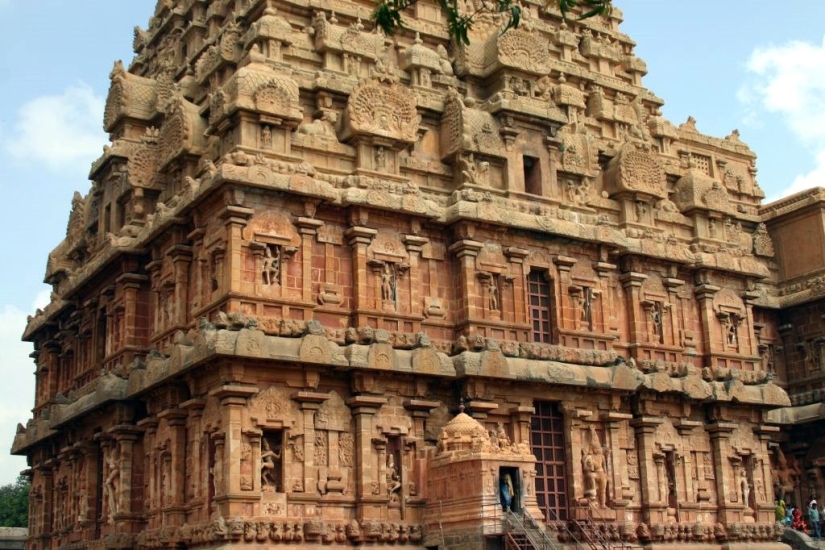
One of the main mysteries of the Brahadeesvara temple remains its giant dome. The stone for construction was delivered from quarries located 65 kilometers from the temple. How the ancient craftsmen transported and installed such massive blocks remains a mystery. According to one hypothesis, to lift the dome, the builders erected a special earthen embankment about 6 kilometers long, along which, using rollers and ropes, hundreds of workers and animals dragged the multi-ton part to the top of the temple.
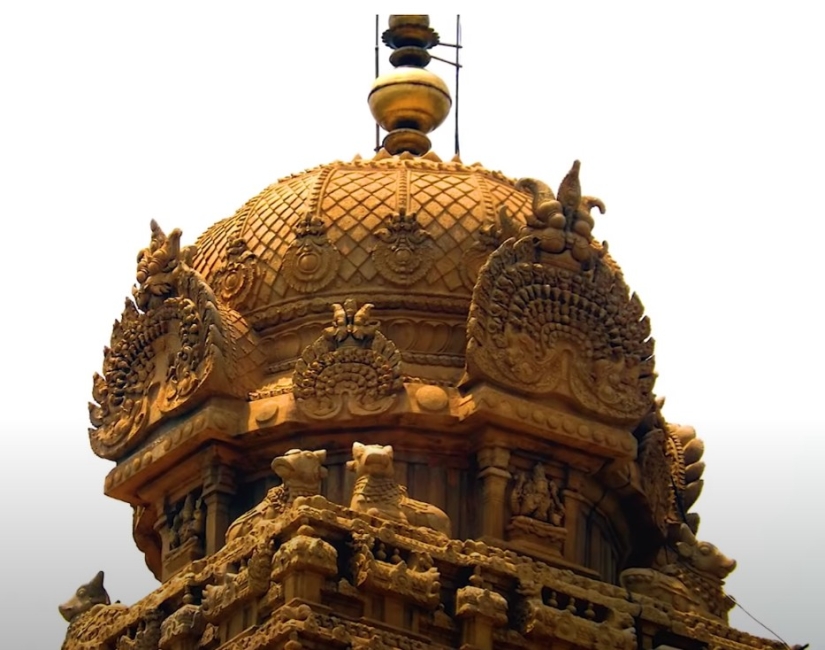
But the most amazing feature of Brahadeesvara is its tower, which casts no shadow. This is not a hoax, but an engineering phenomenon. The temple’s architects calculated the angles and placement of the ledges so precisely that the shadow of the upper levels is absorbed by the lower ones. To create this effect, the highest precision in calculations and deep knowledge of astronomy were required. How they were able to achieve this result without modern technology is a question to which there is no clear answer.
Brahadeesvara was not just a temple, but a real city. It was served by about a thousand priests and assistants, as well as hundreds of dancers who performed ritual dances. Inside the temple, 250 lingams were installed - symbols of Shiva, the largest of which is considered to be the central sacred stone. It symbolizes the eternal power of life and fertility.
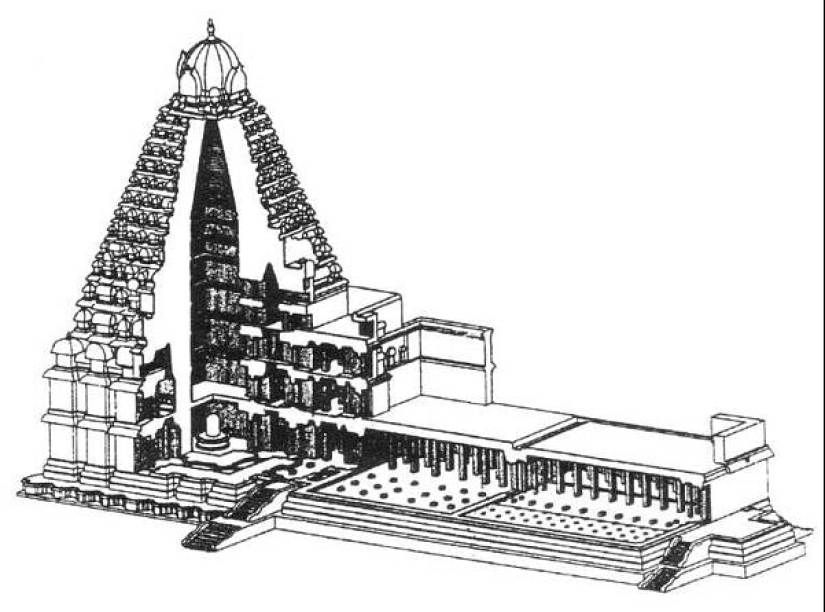
In addition, the temple was built as a powerful defensive structure. It was surrounded by high walls and a deep moat filled with water, and the earth obtained during the digging of the moat was used to create an additional line of defense - a massive earthen rampart. These fortifications made the temple virtually impregnable.
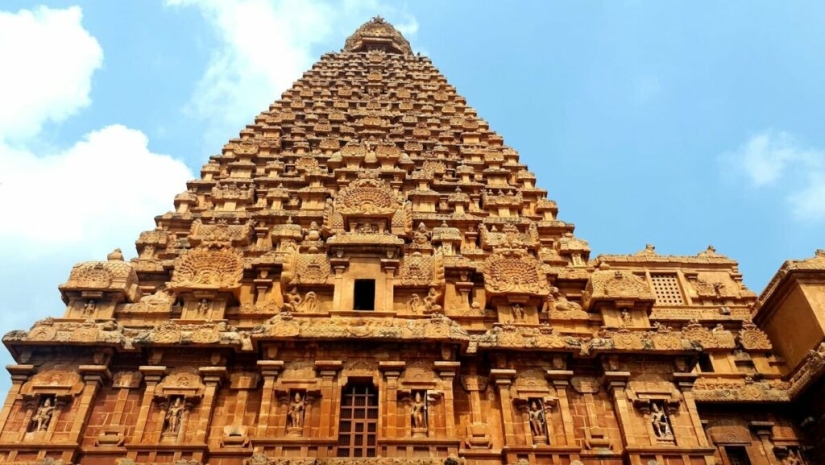
Brahadeeswara is one of the most significant cultural heritage sites in India. Its unique architecture, engineering achievements and historical significance have been recognized by the world community and the temple has been listed as a UNESCO World Heritage Site. Today, it remains not only a place of pilgrimage but also a popular tourist attraction, attracting thousands of travelers from all over the world.
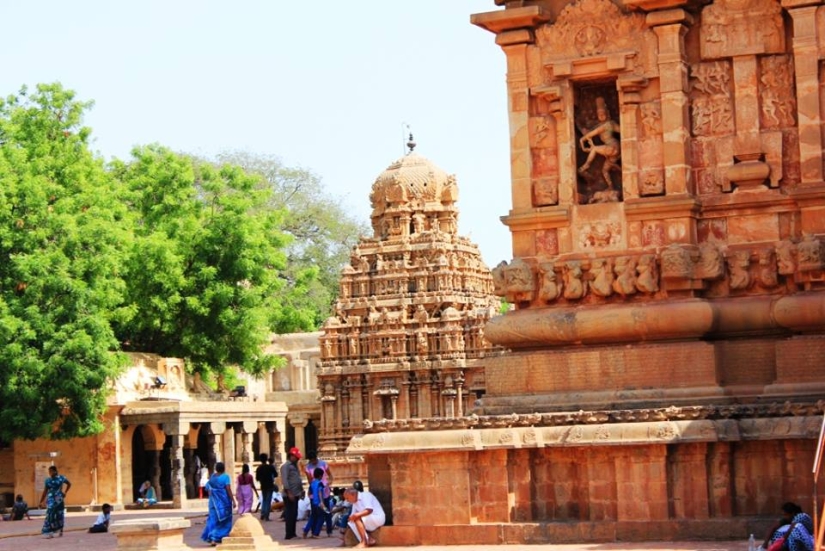
There are many unanswered questions about the Brahadeesvara Temple, which make us admire the skill of the ancient builders. What technologies do you think the architects of that time could have used, and can modern science ever unravel their secrets? Write in the comments.
Recent articles

Anyone who has had the opportunity to compare rural and urban, disco, knows how these two events differ from each other. Especially ...

Mao Zedong's sparrow extermination campaign in the 1950s backfired tragically in China. This ambitious attempt to improve ...

Long hair has always been considered a virtue and pride girls. But during the Victorian era ladies were so fond of growing ...